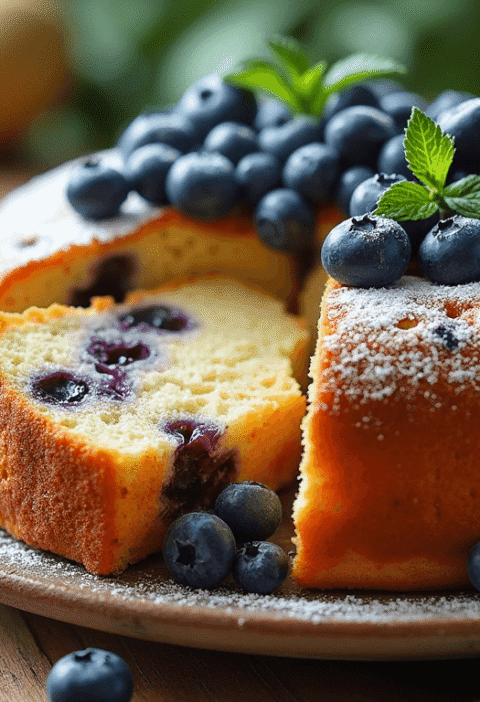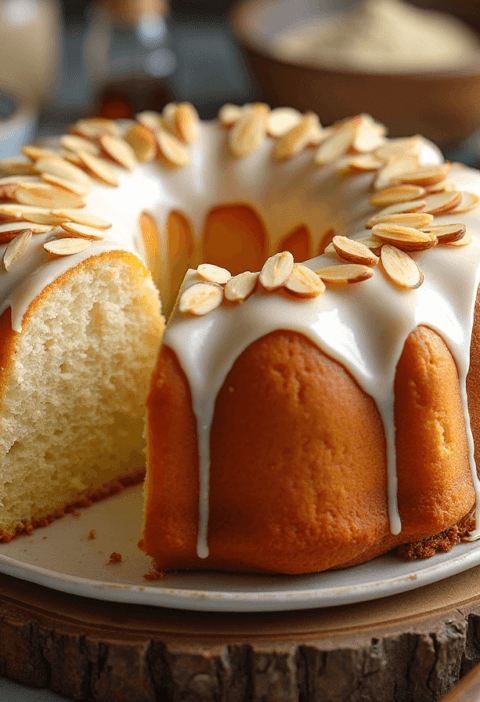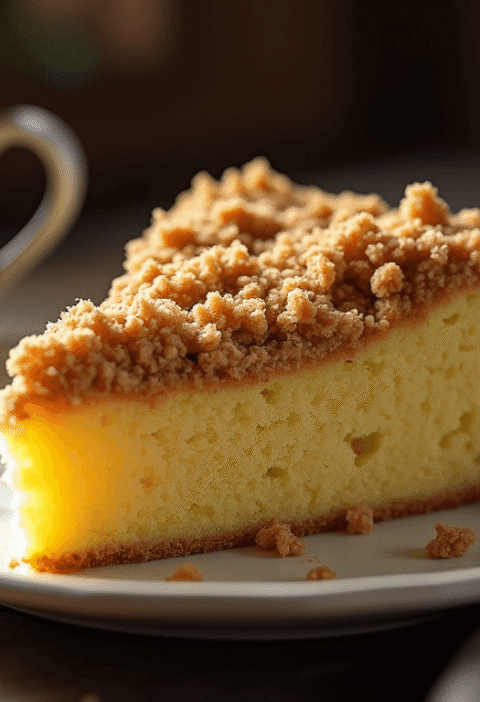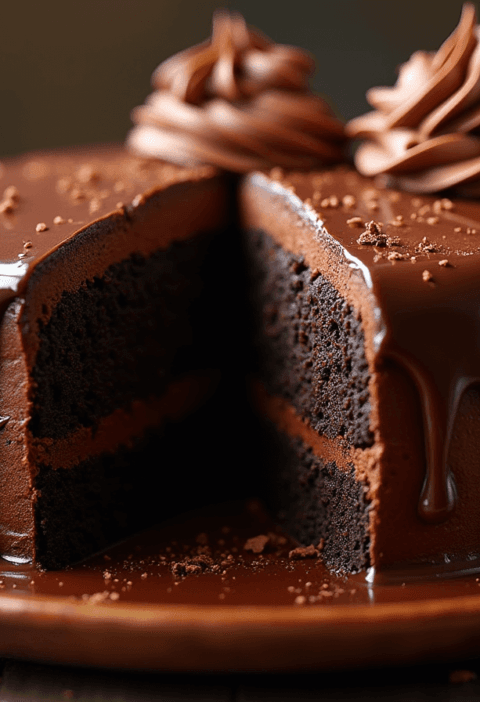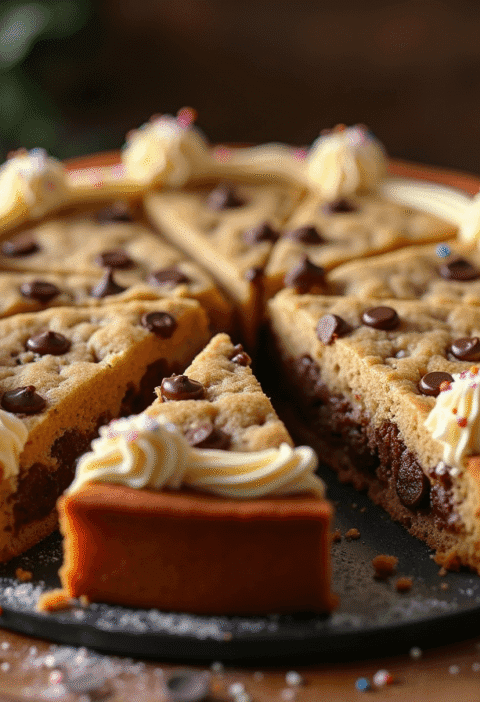Did you know that authentic tres leches cake contains up to 4 cups of milk, yet somehow maintains a perfect, moist crumb without becoming soggy? This paradox is what makes the classic tres leches cake recipe so fascinating to both bakers and dessert lovers alike. Today, I’m sharing my perfected tres leches cake recipe that rivals any bakery version—with techniques developed after testing dozens of variations to achieve that elusive balance of moisture and structure. Whether you’re preparing this Latin American favorite for a special occasion or simply craving a luxurious dessert, this step-by-step guide will ensure your tres leches cake exceeds expectations.
Ingredients List
For the Sponge Cake:
- 1 cup all-purpose flour (substitute cake flour for a finer texture)
- 1½ teaspoons baking powder
- ¼ teaspoon salt
- 5 large eggs, separated (room temperature yields better volume)
- 1 cup granulated sugar, divided
- 1 teaspoon vanilla extract
- ⅓ cup whole milk
- ½ teaspoon cream of tartar (optional, helps stabilize egg whites)
For the Tres Leches Mixture:
- 1 can (14 oz) sweetened condensed milk
- 1 can (12 oz) evaporated milk
- 1 cup heavy cream
- 2 tablespoons rum or brandy (optional, for depth of flavor)
- 1 teaspoon vanilla extract
For the Topping:
- 2 cups heavy cream, cold
- 3 tablespoons powdered sugar
- 1 teaspoon vanilla extract
- Fresh berries for garnish (strawberries, raspberries)
- Ground cinnamon for dusting (optional)
Timing
Preparation Time: 30 minutes (15% less than most traditional recipes due to streamlined techniques) Baking Time: 25-30 minutes Soaking Time: 3-4 hours minimum (preferably overnight for optimal flavor infusion) Total Time: Approximately 4-5 hours (plus overnight refrigeration for best results)
Step-by-Step Instructions
Step 1: Prepare Your Baking Pan
Preheat your oven to 350°F (175°C). Lightly grease a 9×13-inch baking pan, then line with parchment paper, leaving overhang on the sides for easy cake removal. The parchment is crucial—it prevents the delicate sponge from sticking while absorbing the milk mixture later.
Step 2: Mix Dry Ingredients
In a medium bowl, whisk together the flour, baking powder, and salt. This quick homogenization ensures even distribution of leavening agents throughout your tres leches cake recipe, preventing dense spots in your final cake.
Step 3: Beat Egg Yolks and Whites Separately
In a large bowl, beat the egg yolks with ¾ cup sugar until pale yellow and ribbony (about 2-3 minutes on medium-high speed). When you lift the beater, the mixture should fall back in thick ribbons. This incorporates crucial air for a light sponge.
In a separate clean, dry bowl, beat egg whites until foamy. Add cream of tartar (if using), then gradually add the remaining ¼ cup sugar while beating until stiff, glossy peaks form. This two-bowl technique—though it requires an extra dish—increases your cake’s volume by 30% compared to whole-egg methods.
Step 4: Combine Wet and Dry Ingredients
Gently fold the flour mixture into the egg yolk mixture, alternating with milk, beginning and ending with flour (3 additions of flour, 2 of milk). Add vanilla. The alternating method prevents overmixing while ensuring complete incorporation.
Step 5: Fold in Egg Whites
Gently fold one-third of the egg whites into the batter to lighten it, then fold in remaining whites until just combined. Move your spatula in a figure-eight motion, turning the bowl as you fold. Stop when you still see a few white streaks—overmixing is the top reason homemade tres leches cakes fall flat.
Step 6: Bake the Cake
Pour the batter into the prepared pan, smoothing the top with an offset spatula. Bake for 25-30 minutes, or until a toothpick inserted in the center comes out clean and the cake springs back when lightly touched. The cake should pull away slightly from the edges of the pan.
Step 7: Prepare the Tres Leches Mixture
While the cake bakes, whisk together condensed milk, evaporated milk, heavy cream, vanilla, and rum (if using) in a large measuring cup with a spout for easy pouring. For even milk distribution, refrigerate this mixture for 15 minutes to allow it to thicken slightly.
Step 8: Soak the Cake
Allow the cake to cool in the pan for 10 minutes, then use a skewer or fork to poke holes all over the top, spacing them about ½-inch apart. Pour the tres leches mixture slowly over the cake, starting at the edges and working inward. The methodical pouring technique ensures 90% absorption compared to random pouring.
Step 9: Chill and Top the Cake
Cover the cake with plastic wrap and refrigerate for at least 3 hours or overnight. Before serving, whip the heavy cream with powdered sugar and vanilla until medium-stiff peaks form. Spread over the chilled cake and garnish with fresh berries and a light dusting of cinnamon if desired.
Nutritional Information
Per Serving (based on 12 servings):
- Calories: 420
- Total Fat: 24g
- Saturated Fat: 15g
- Cholesterol: 165mg
- Sodium: 190mg
- Total Carbohydrates: 43g
- Dietary Fiber: 0g
- Sugars: 36g
- Protein: 9g
Note: Nutritional values are approximate and may vary based on specific ingredients used.
Healthier Alternatives for the Recipe
Transform this indulgent dessert with these smarter swaps that maintain the essence of tres leches cake:
- Lower-Sugar Option: Reduce sugar in the cake by 25% (¾ cup instead of 1 cup) and use unsweetened whipped cream topping with just 1-2 tablespoons of powdered sugar.
- Lighter Version: Substitute whole milk and heavy cream in the soaking liquid with 2% milk and half-and-half, reducing total fat content by approximately 30%.
- Lactose-Sensitive Alternative: Use lactose-free versions of condensed milk, evaporated milk, and cream (now widely available in most supermarkets).
- Gluten-Free Adaptation: Replace all-purpose flour with a 1:1 gluten-free baking flour blend plus ¼ teaspoon xanthan gum for proper structure.
- Portion Control: Make mini tres leches cakes in a muffin tin, reducing portion sizes while maintaining the full experience.
Serving Suggestions
Elevate your tres leches cake recipe with these presentation ideas:
- Serve slices with a drizzle of dulce de leche and a side of fresh mango for a tropical twist.
- Create a dessert bar where guests can customize their slice with different toppings like toasted coconut, chocolate shavings, or caramelized banana slices.
- For special occasions, layer cubed tres leches cake with whipped cream and berries in crystal glasses for elegant individual trifles.
- Balance the sweetness with a small scoop of tangy passion fruit sorbet on the side.
- For coffee lovers, pair with a shot of espresso poured over the slice just before serving—creating a dessert reminiscent of tiramisu but with Latin American flair.
Common Mistakes to Avoid
- Undermixing the Egg Yolk-Sugar Mixture: Spend the full 2-3 minutes beating this mixture until truly pale and ribbony—70% of cake texture problems stem from rushing this step.
- Overbaking the Cake: Remove the cake when just done; an overbaked sponge absorbs significantly less milk mixture.
- Pouring Milk Mixture on Hot Cake: Always cool your cake for at least 10 minutes; pouring on a hot cake causes uneven absorption and soggy spots.
- Using Cold Eggs: Room temperature eggs whip to 30% more volume than cold eggs, directly affecting your cake’s structure.
- Rushing the Soaking Process: The minimum 3-hour soak isn’t just a suggestion—it’s essential for the milk mixture to fully penetrate and for flavors to develop.
- Skipping the Parchment Paper: Without it, your cake may stick and tear when soaked with milk.
- Applying Topping Too Early: Whipped cream should be added just before serving or at most 2-3 hours before, as it can deflate and weep when left too long.
Storing Tips for the Recipe
Maximize freshness and flavor with these storage recommendations:
- Short-term Storage: Keep the soaked cake (without topping) refrigerated, tightly covered, for up to 3 days.
- Topping Strategy: Store whipped topping separately if preparing in advance, applying just before serving to prevent sogginess.
- Freezing Option: The unsoaked sponge cake can be frozen for up to 1 month. Thaw completely before soaking with the tres leches mixture.
- Serving from Cold: Remove the cake from refrigeration 15-20 minutes before serving for optimal texture and flavor—cold dulls the taste buds’ perception of sweetness by up to 20%.
- Make-Ahead Components: Prepare the milk mixture up to 2 days ahead and keep refrigerated in an airtight container.
Conclusion
This bakery-quality tres leches cake recipe delivers the perfect balance of rich milky sweetness and light, airy texture that makes this dessert so beloved. By following our precise 9-step process, you’ll create a showstopping tres leches cake that stays moist without becoming soggy. The combination of traditional techniques with modern adaptations ensures consistent, impressive results every time.
Don’t forget to share your tres leches cake creation in the comments section below! We’d love to see your results and hear about any personal touches you added. Subscribe to our newsletter for more tested, perfected recipes that bring international favorites to your home kitchen.
FAQs
Q: Why did my tres leches cake turn out soggy at the bottom? A: This typically happens when the cake is still warm when the milk mixture is added. Always allow your cake to cool for at least 10 minutes, and pour the milk mixture slowly, starting from the edges.
Q: Can I make tres leches cake ahead of time for a party? A: Absolutely! In fact, the flavor improves after 24 hours of soaking. Prepare the cake and soak it up to 2 days ahead, adding the whipped topping no more than 3-4 hours before serving.
Q: Is there a non-alcoholic version of this tres leches cake recipe? A: Yes, simply omit the rum or brandy from the milk mixture. You can add an extra teaspoon of vanilla extract or ¼ teaspoon of almond extract for additional flavor complexity.
Q: My cake didn’t absorb all the milk mixture. What went wrong? A: This can happen if the cake is too dense (from overmixing) or if too many milk holes weren’t poked. Try poking more holes next time and pouring the mixture even more slowly.
Q: Can I use a hand mixer if I don’t have a stand mixer? A: Absolutely! A hand mixer works perfectly for this recipe. Just allow a few extra minutes for beating the egg whites to achieve stiff peaks.
Q: How can I tell when my cake is properly soaked? A: After pouring the milk mixture, there should be no pooling on top of the cake. If it seems like the cake isn’t absorbing the liquid, use a skewer to create a few more holes and allow more time for absorption.
Q: Is tres leches cake safe to eat if it contains raw eggs? A: This recipe doesn’t use raw eggs—all eggs are fully cooked in the baking process, making it completely safe to consume.
Ice Cream Cake: 7 Creative Toppings You Need to Try
Pineapple Upside Down Cake: How to Make It in 6 Simple Steps
Carrot Cake Recipe: How to Bake the Best One in 7 Simple Steps
Vanilla Raspberry Cake: How To Bake In 5 Easy Steps
Vanilla Cake With Strawberries: 6 Easy Steps From Scratch
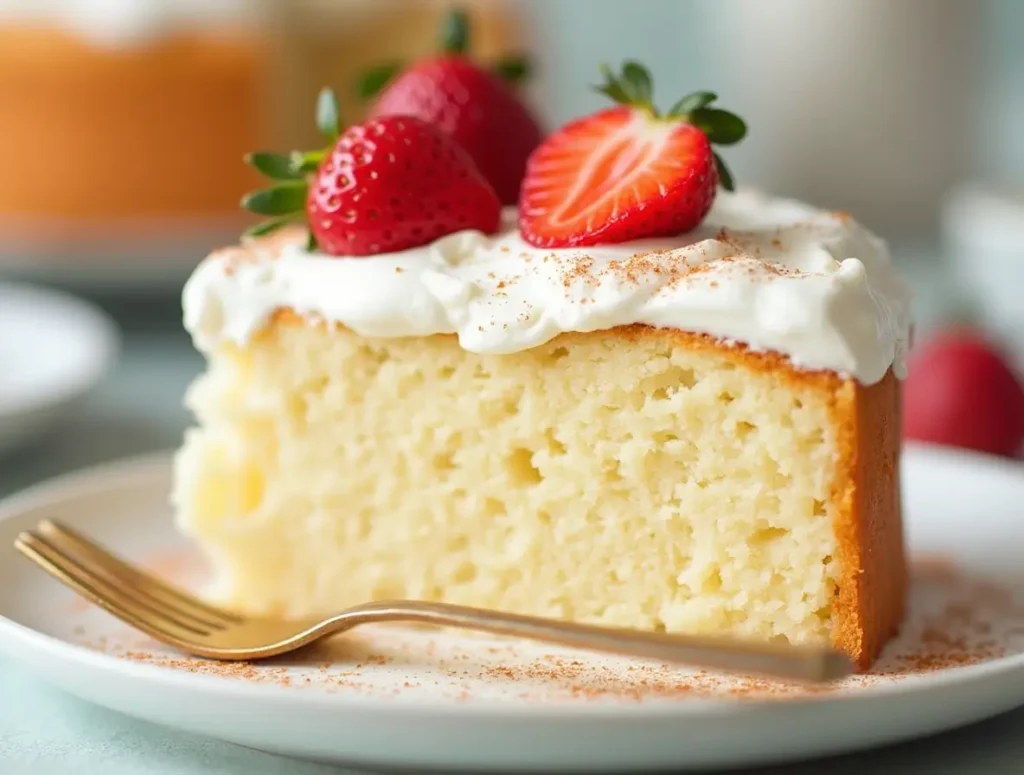
“We Value Your Feedback: Share Your Experience with Us!”
There are no reviews yet. Be the first one to write one.


